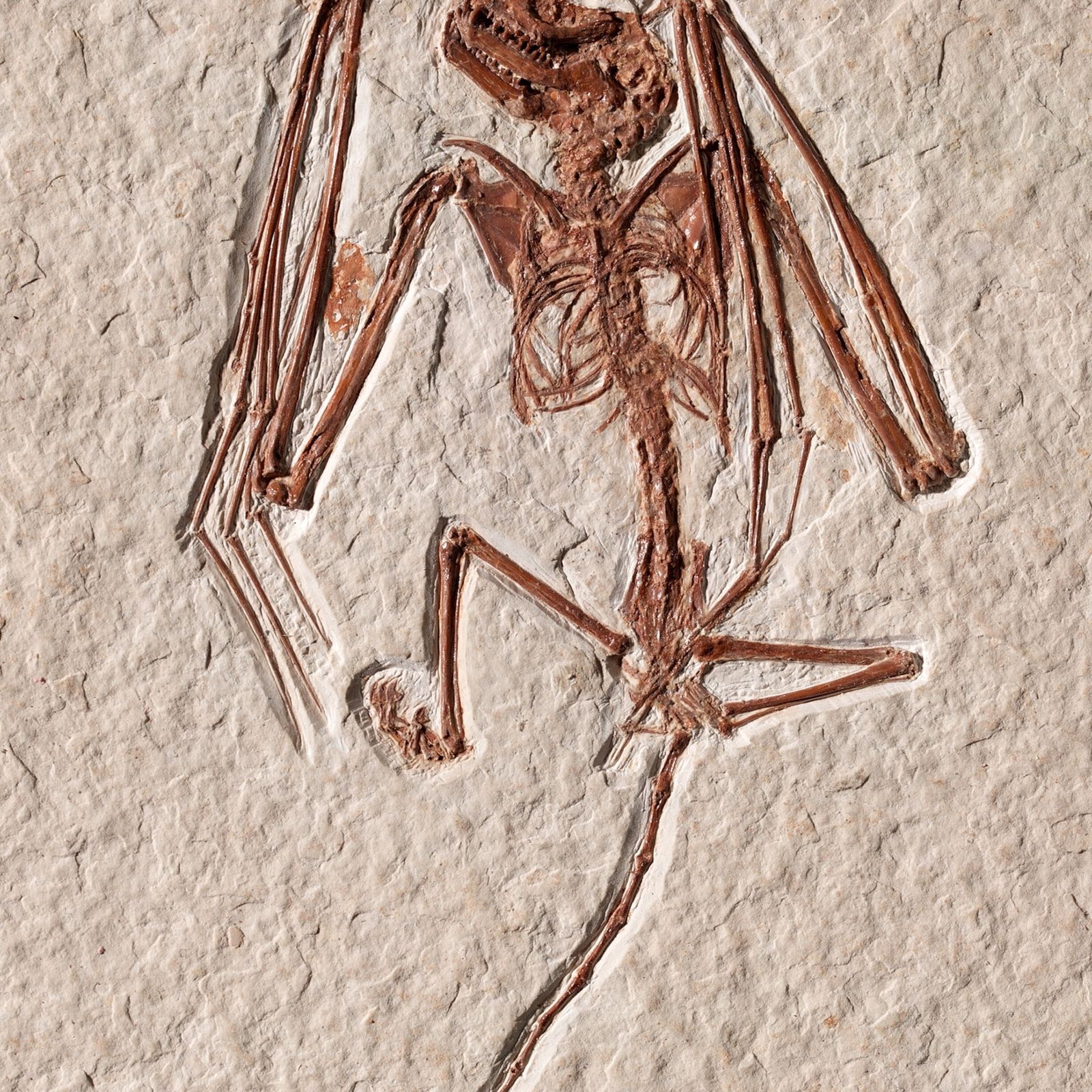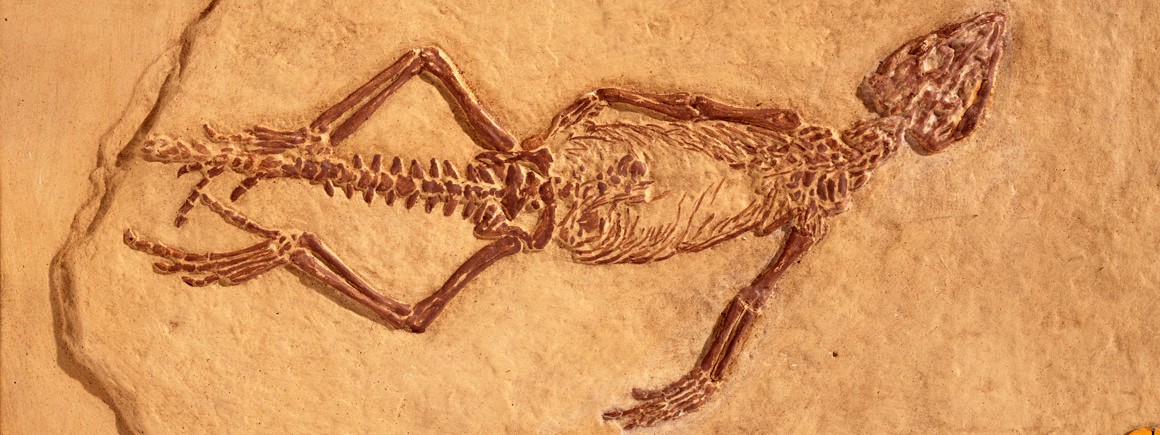this post was submitted on 08 Jan 2024
17 points (94.7% liked)
Palaeontology 🦖
931 readers
1 users here now
Welcome to c/Palaeontology @ Mander.xyz!

🦖 Notice Board
- 2023-06-23: We are looking for mods. Send a dm to @fossilesque@mander.xyz if interested! This is a work in progress, please don't mind the mess.
🦖 About
Paleontology, also spelled palaeontology[a] or palæontology, is the scientific study of life that existed prior to, and sometimes including, the start of the Holocene epoch (roughly 11,700 years before present). It includes the study of fossils to classify organisms and study their interactions with each other and their environments (their /c/paleoecology. Read more...
🦖 Rules
- Don't throw mud. Be kind and remember the human.
- Keep it rooted (on topic).
- No spam.
🦖 Resources
- Smithsonian's Paleobiology website
- University of California Museum of Paleontology
- The Paleontological Society
- The Palaeontological Association
- The Society of Vertebrate Paleontology
- The Paleontology Portal
- "Geology, Paleontology & Theories of the Earth" – a collection of more than 100 digitised landmark and early books on Earth sciences at the Linda Hall Library

🦖 Sister Communities
- !anthropology@mander.xyz
- !archaeology@mander.xyz
- !biodiversity@mander.xyz
- !earthscience@mander.xyz
- !folklore@mander.xyz
- !geography@mander.xyz
- !geospatial@mander.xyz
- !history@mander.xyz
- !houseplants@mander.xyz
- !microbiology@mander.xyz
- !old_maps@mander.xyz
- !palaeoecology@mander.xyz
- !palaeontology@mander.xyz
- !plantid@mander.xyz
- !scicomm@mander.xyz
- !science_memes@mander.xyz
- !soilscience@slrpnk.net

founded 2 years ago
MODERATORS
you are viewing a single comment's thread
view the rest of the comments
view the rest of the comments
If you're looking for how big they were - 30cm.
The new fossil animals have been named Timorebestia, meaning 'terror beasts' in Latin. Adorned with fins down the sides of their body, a distinct head with long antennae, massive jaw structures inside their mouth, and growing to more than 30cm in length, these were some of the largest swimming animals in the Early Cambrian times.